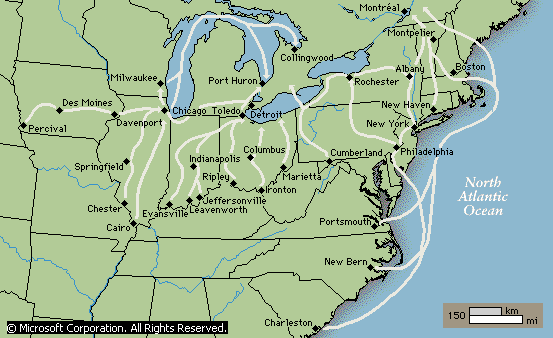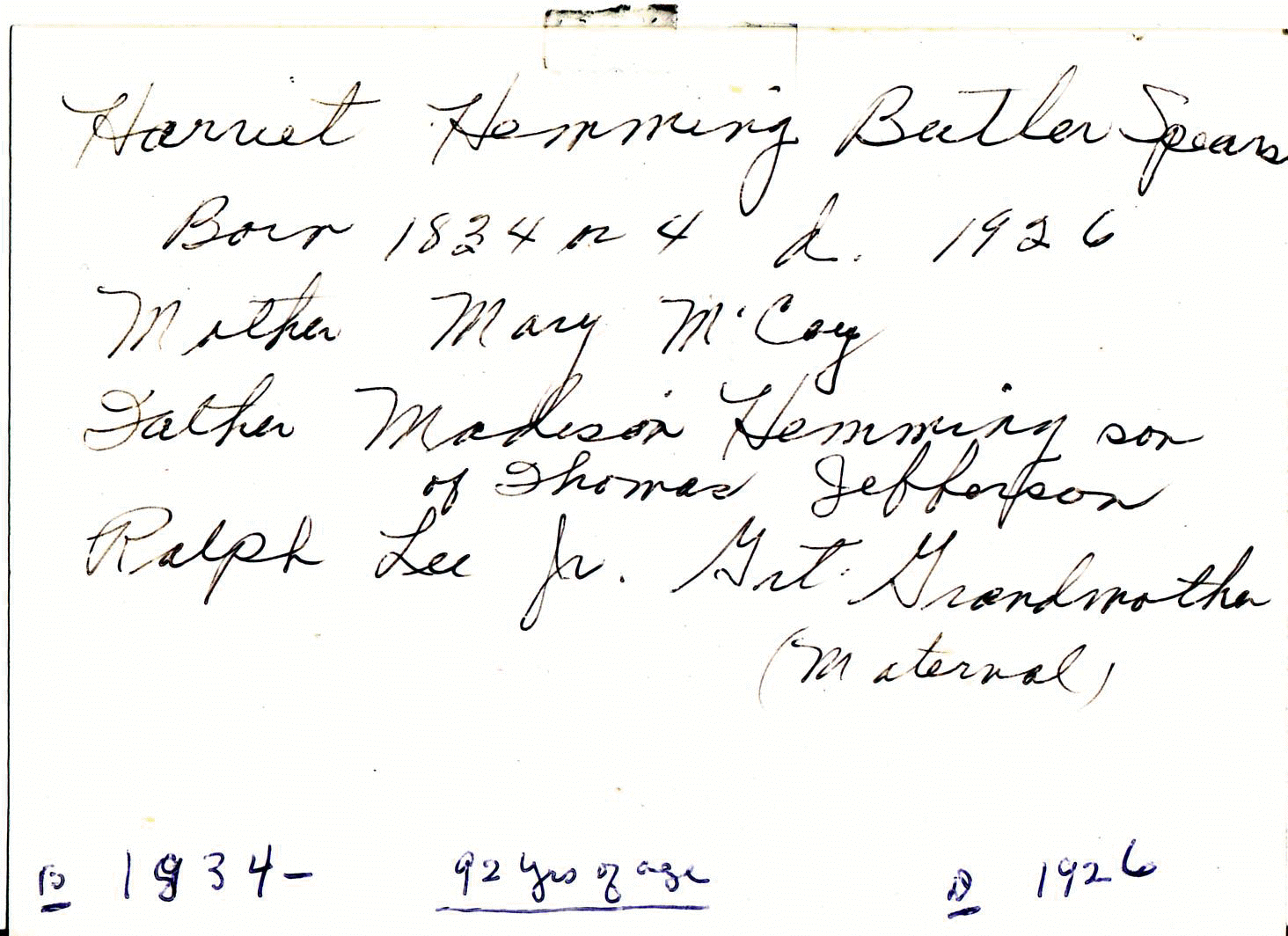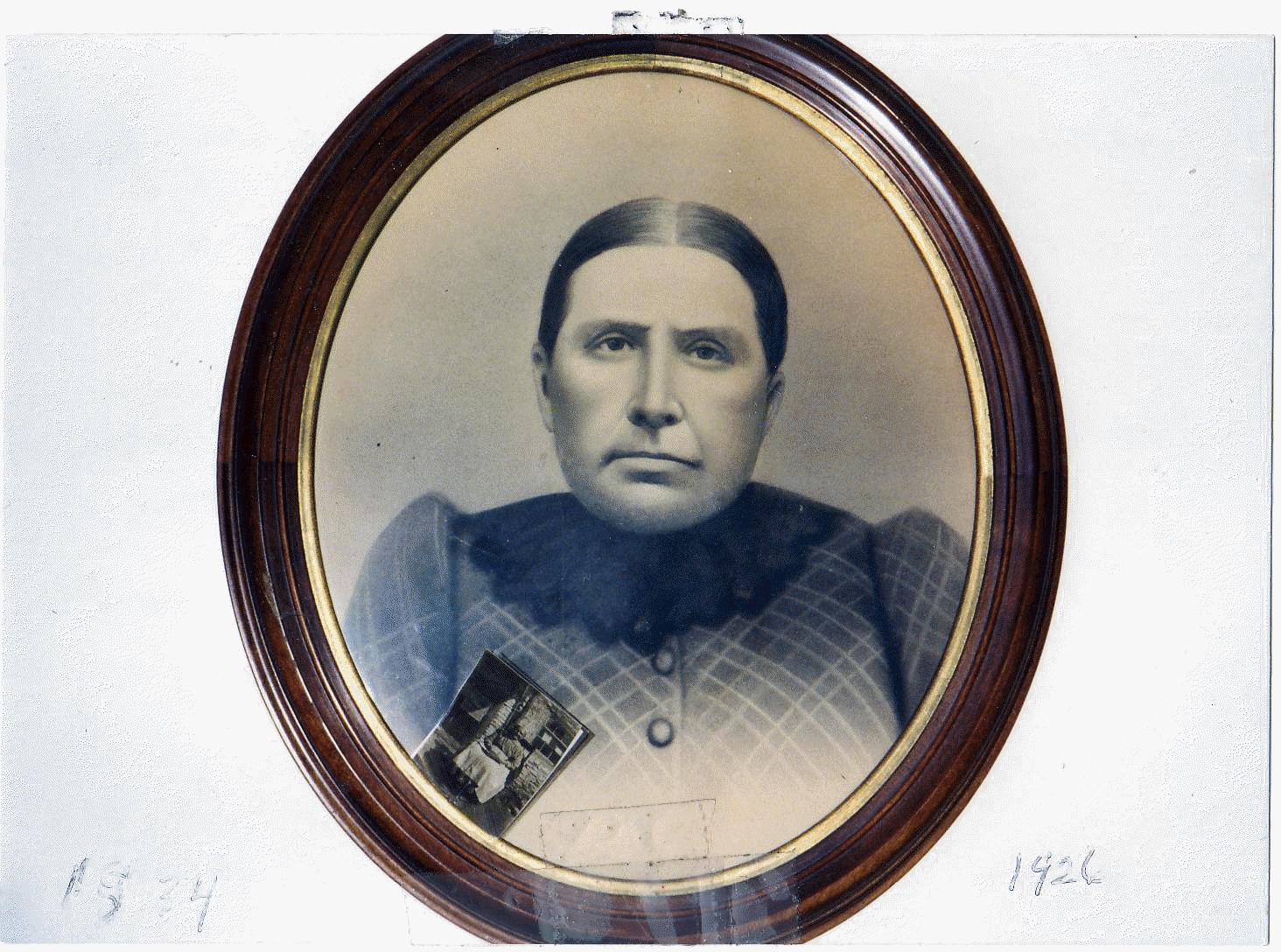| There were dozens of Hemings offspring in the Civil War. The offspring who volunteered, fought and died in the Civil War were the real bill payers among millions of Americans, Black, White and Mulatto. They helped prove that people of African heritage also had not only a desire for liberty but many, not all, were willing to sacrifice their liberties and lives to secure it for others. Before the Civil War there were many states that viewed themselves sovereign and slavery as a property right via virtue of 17th century reasoning that people of African heritage were not human beings subject to Pauline Christian mandates but property created by law. Added on top of this view was an emerging Judeo-Christian ideology rooted in the old testament interpretations that Black peoples were cursed by God to be bearers of water and hewers of wood for superior people with the blessings of God. When war finally did erupt, it is for certain that Blacks in the Tidewater area of Virginia very soon dominated by Union Army and Navy power were quick to believe their prayers were being answered. Almost without exception the institution of chattel slavery was conceived, birthed, nurtured and matured in places birthed by those early settlers at Jamestown in the year 1619. The slave trade grew like a wild weed from those years when men in the name of profit determined that buying and holding Africans in slavery was somehow good.  The Underground Railroad provided fugitive slaves a means to escape from the South. Conductors like Harriet Tubman led runaways from the South, while antislavery Northerners helped by providing safe havens from slave catchers who roamed the Northern and border states searching for escapees. Most of the fugitives fled to Canada. The actual number of slaves assisted during the nearly 80 years that the network existed was not overwhelming, but the publicity generated served to fuel mistrust between the North and the South. © Microsoft Corporation. All Rights Reserved. Microsoft ® Encarta ® 2008. © 1993-2007 Microsoft Corporation. All rights reserved. Before the Civil War, the underground railroad did not generate but a small fraction of the more than 50,000 slaves escape attempts per year between the years 1850 and 1860, ... yet it inspired millions of slaves to learn and know that free people, Black and White in America and Canada believed they should be free like Whites. What proponents of the Underground Railroad, such as Harriet Tubman, vividly demonstrated was that even old men and women could yearn for and achieve liberty from bondage. Literally tens of thousands of enslaved Blacks along the James River heard of her being referred to as Moses, and certainly wondered if they should dare seek and follow her to the promised land. Slave owners along the James River heard the tales about the Black Moses, and true to form put out bounties for her capture or killing; but, the facts are she was not inept or easy to be found. Harriet Tubman remains one of the greatest African-American heroes.
African-American youth, male and female, slave and free, living in the Tidewater areas of Virginia reaching across the eastern shores into Maryland were quick to realize that liberty was not free; but was available to those willing to heed the call of people like Harriett Tubman who came and called upon them to follow her to freedom. Historians have generally not explored the depths of inspiration given by the woman many Blacks, perhaps in the thousands, came to view as their Moses. Within a year of the much heralded assault by South Carolina on the United States Fort Sumter in Charleston Harbor, the Virginia Peninsula that had first given birth to African slavery in America was abandoned by the Confederate States of America and its champion Virginia on advice of General Robert E. Lee. He quickly recognized that with upwards of 25,000 or more young Black men who had abandoned the James River Plantations of their enslavement, ... said plantations were of little or no further value in the confederate fight, and left it to James River plantation owners to fend for themselves in protecting their properties, ... chattel and otherwise.
Their tobacco crops could not be harvested, shipped or sold in the face of a Union Navy that blocked shipping ports like Williamsburg and Norfolk. Lee knew that even if the Union Army around the tidewater ports were defeated and driven away, the tobacco trade was dependent upon the backs of young Black men to load their wagons and ships. And, realistically the decision to withdraw from further battles was prompted by run-away slaves who poured into Union lines with their liberty in mind even though not legally free until the Emancipation Proclamation to be issued by Abraham Lincoln on January 1, 1863. Fort Monroe was their Statue of Liberty! First Cousins, White, Mulatto, Black:
All Related to Madison Hemings It Seems Men are Created Equal -- When They Are forced to die AT WAR In Grateful Memory By Their Three Generations of Many Dozens of Cousins, Nieces and Nephews Who Owe So Much To Those Who Offered and Gave Their Lives That Others Would Have The Blessings of Life, Liberty & Pursuit of Happiness proclaimed by their famed ancestor.
Captured by confederates and held at Andersonville, Georgia, United States
Harriet Hemings Butler-Spears (below) was the daughter of Madison Hemings and ... grand-daughter to Thomas Jefferson and Sally Hemings. She was also the beloved "Grandma Spears" to Nancy and her siblings who knew her intimately when growing up in Ohio. Research to-date indicates the husband of Harriet Hemings was James Butler in the same 175th and 178th Regiments as her brother William. He was killed and left his wife Harriet as a widow. Harriet would later remarry to Henry Spears, another Civil War veteran fortunate to have survived many battles for the liberation of African-Americans living in Ohio and beyond. Upon her death Harriet was buried in a grave adjacent to both husbands.   Personal note entry by Nancy Harriet Lee to her brother Percy Lee Dear Grandma Spears: As a child I learned to know and love you by endless stories from my father Marion Thomas Lee and aunt Nancy Harriette Lee both of whom were nurtured by your embrace of many years. From them I came into knowledge of the Hemings heritage dating back to your father and my great grand-father Madison Hemings. And, I knew through this lineage his mother, "The Black Mariah" and her mother Betty Hemings. But, it was not until later in life, by reading and inquiries for more information did I begin to comprehend that so many relationships of love by and among the Hemings descendents were coated with passions and pains of life. I now know more about you and your beloved sister Catherine and can only imagine the passion and pain you both suffered in the loss of your husbands, brothers and nephews in the Civil War. I write this letter some 145 years after the fact to express to my children and heaven above that I for one am appreciative for the life you lived and happiness sacrificed for me and mine. I have often visited the site of your grave in Blooingburg, Ohio and now understand why you chose to be buried between James Butler your first husband and Henry Spears his friend and your second husband. It reminds us that both White and Men of Color served and sacrificed in the great Emancipation War and were brothers in Christ both before and after the war. I want all generations up from your generation to know and appreciate you and your brothers and sisters in the generation of better and more fruitful lives now being lived. For my small part in telling your story and those many people of your childhood, ... I have bequeathed to my daughter and grand-children the Civil War documentary video by author and publisher Ken Burns that helps explain what was likely seen and heard by your generation, the one of Madison Hemings and Mary McCoy, your mother, that brought you forth and that which came after with my grandmother Mary Elizabeth Hemings Butler Lee. Infantry UnitsDuring the American Civil War, the State of Ohio provided the United States government with three types of military units: artillery units, cavalry units, and infantry units. Ohio supplied the federal government with more than 260 regiments of men, not counting several companies that formed the basis of regiments in West Virginia, Kentucky, and Massachusetts. A total of 310,654 Ohioans served in the Northern army for varying lengths of time. The federal government required each state to supply a set number of soldiers determined by the state's population. Ohio exceeded the government's call for men by 4,332 soldiers. This number does not reflect the 6,479 men who paid a monetary fine to the government to escape military duty. It also does not include the 5,092 African-American soldiers who served in the United States Colored Troops or in units from other states, including the famous Fifty-Fourth and Fifty-Fifth Massachusetts Infantry Regiments. Ohio exceeded the federal government's requirements by more than fifteen thousand men. Ohio men fought in every major battle of the war. Within forty-eight hours of President Abraham Lincoln's call for volunteers in April 1861, two Ohio infantry regiments already had departed for Washington DC. An Ohio brigade protected the Union army's retreat at the First Battle of Bull Run in 1861. Ohio regiments also helped secure Kentucky and West Virginia for the North. They participated in the Battles of Fort Donelson, Gettysburg, Antietam, Fort Wagner, Shiloh, Chickamauga, and many others. Approximately 11,237 Ohio soldiers died from wounds received on the various battlefields, while another 13,354 men perished from diseases. Eighty-four of every one thousand Ohio men who served died in the war. Another forty-four for every one thousand deserted. This was among the lowest desertion rates in the Northern states. "Infantry Units", Ohio History Central, September 6 2007, First Cousins, White, Mulatto, Black: Related via Elizabeth Hemings and Thomas Jefferson All Related to Madison Hemings in body and spirit. It Seems Men are Created Equal -- When They Are forced to die AT WAR
| ||||||||||||||||||||||||||||||||||||||||||||||||||||||||||||||||||||||||||||||||||||||||||||||||||||||||||||||||||||||||||||||||||||||||||||||||||||||||||||||||||||||||||||||||||||||||||||||||||||||||||||||||||||||||||||||||||||||||||||||||||||||||||||||||||||||||||||||||||||||||||||||||||||||||||||||||||||||||||||||||||||||||||||||||||||||||||||||||||||||||||||||||||||||||||||||||||||||||||||||||||||||||||||||||||||||||||||||||||||||||||||||||||||||||||||||||||||||||||||||||||||||||||||||||||||||||||||||||||||||||||||||||||||||||||||||||||||||||||||||||||||||||||||||||||||||||||||||||||||||||||||||||||||||||||||||||||||||||||||||||||||||||||||||||||||||||||||||||||||||||||||||||||||||||||||||||||||||||||||||||||||||||||||||||||||||||||||||||||||||||||||||||||||||||||||||||||||||||||||||
Email: Editors, More Mary Matters bradyenterpriseassociation@gmail.comwith questions or comments about this web site. |